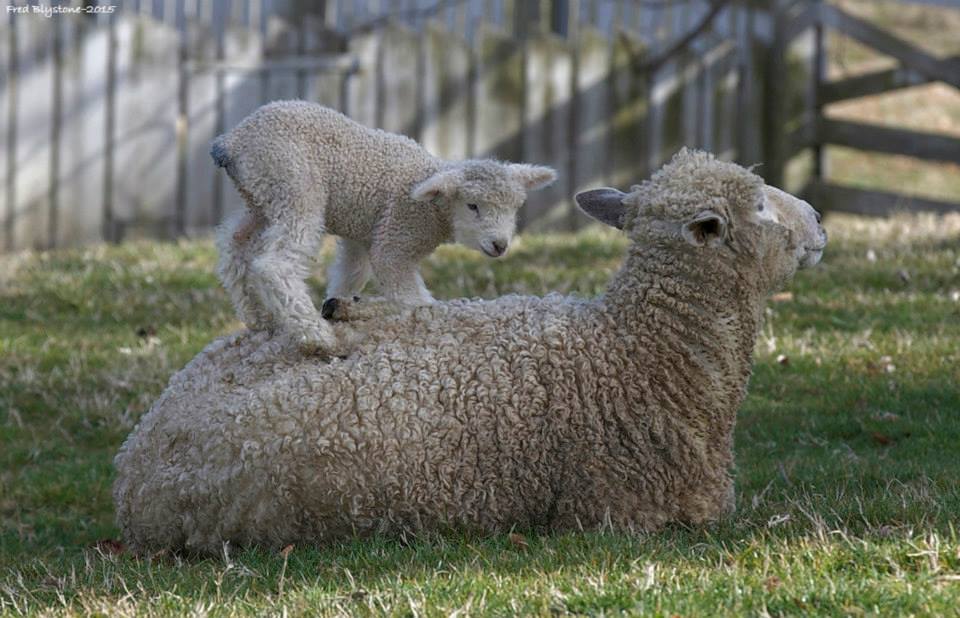If you’re looking for the most authentic colonial experience, the Colonial Williamsburg sheep are a must-see. The sheep became an important part of colonial life during the Revolutionary War, when the self-producing wool became necessary. Now they keep tourists, locals and students of the College of William and Mary entertained for hours.
The sheep can be found grazing on grass in the Williamsburg pastures during the day. When you are on a stroll through Williamsburg, they should be at the top of your list of stops to make. Watching them eat and roam in their field is the perfect way to relax on a sunny Saturday afternoon.
Also make sure to watch the public shearing of the sheep’s wool. If you are lucky, you might even get to see an ewe — a female sheep — give birth, which is done in public for educational purposes.
And these sheep aren’t just any sheep. Williamsburg is home to two rare breeds: Hog Island sheep and Leicester Longwools. They have been given this certification from The American Livestock Breeds Conservancy, a nonprofit organization looking to protect and preserve endangered breeds of livestock and poultry. So not only will adorable sheep entertain you, but you will also get to see breeds on verge of extinction.
So not only will adorable sheep entertain you, but you will also get to see breeds on verge of extinction.
Finding the sheep can help you learn your way around Colonial Williamsburg, too. They can be spotted away from the bustle, to the right of the main stretch of Duke of Gloucester Street. Their somewhat “hidden” location allows for a more authentic colonial experience that is free from the litter of Wythe Candy wrappers and Cheese Shop potato chip bags.
Perfect for your animal-enthusiast little brother or livestock-appreciating uncle, the Colonial Williamsburg sheep’s wooly coats can brighten any cloudy day as they baa and bleat their way into your heart.

